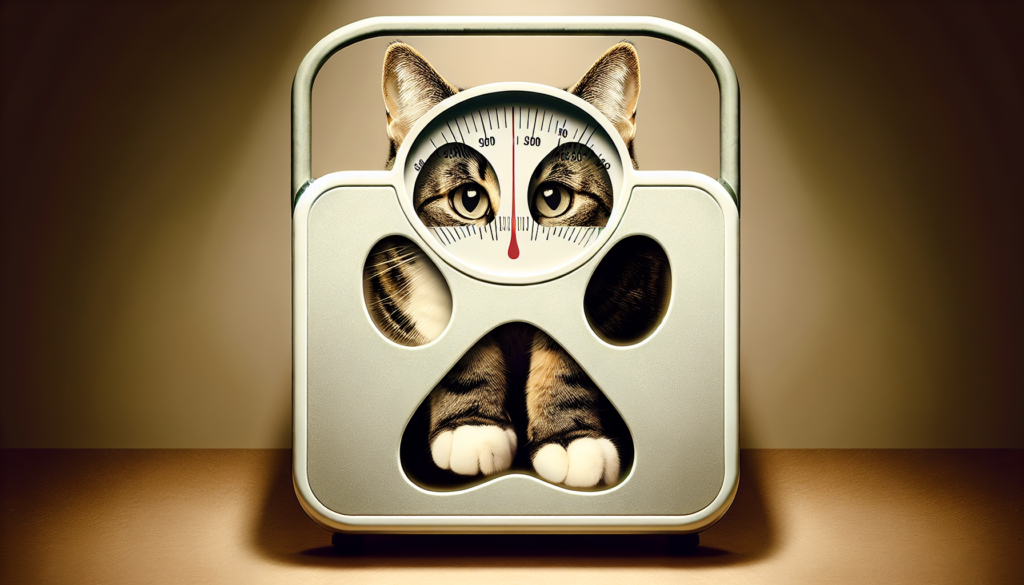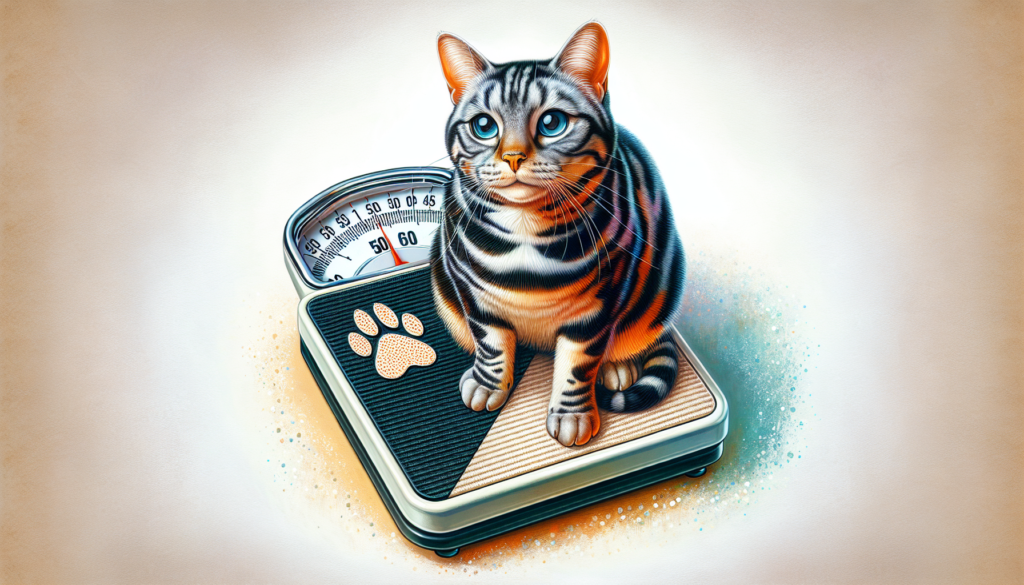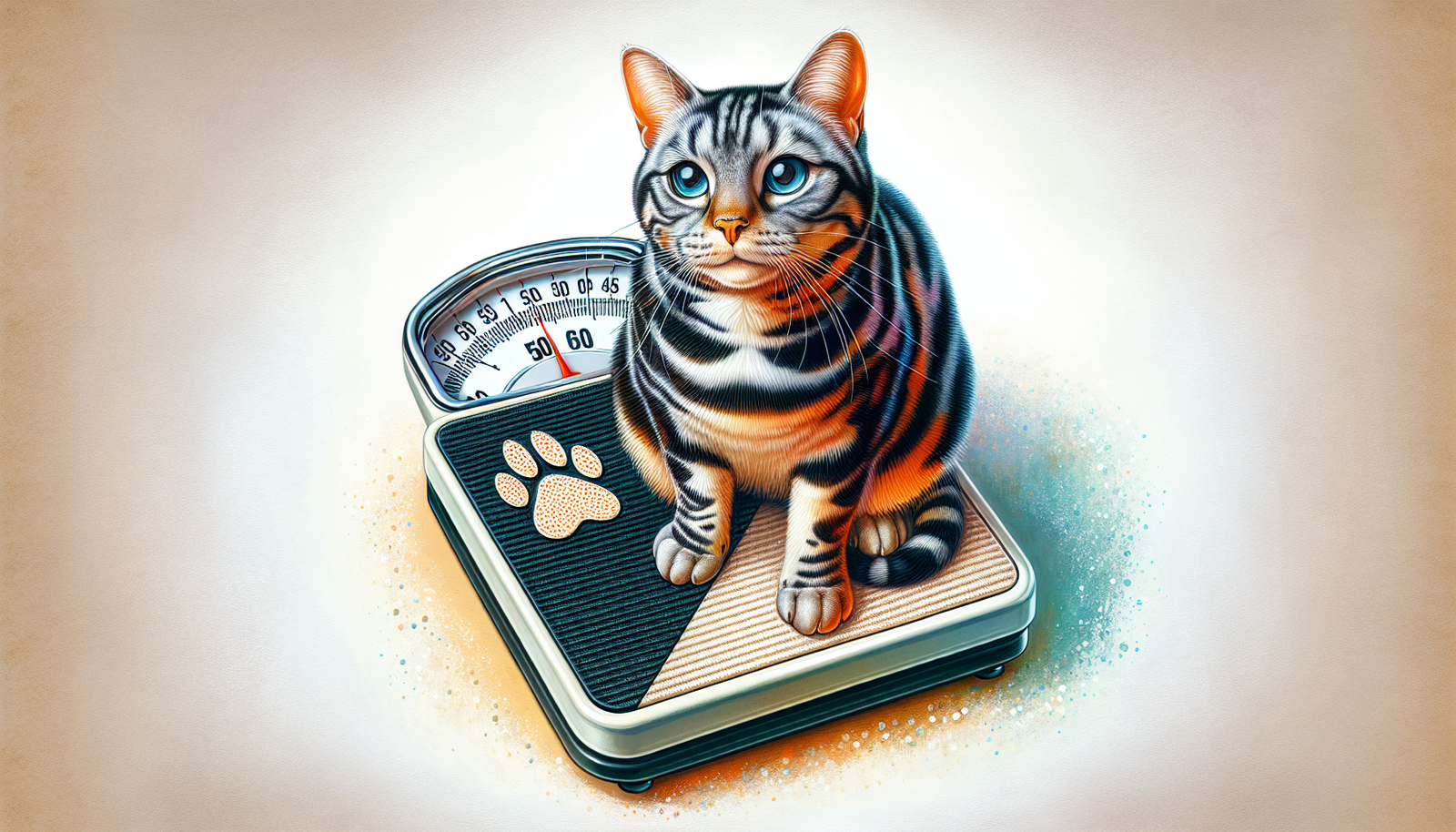Have you ever wondered how much your adorable tabby cat weighs? If so, you’re in luck! In this article, we will explore simple and effective methods to determine the weight of your beloved feline friend. Whether you’re a curious cat owner or just interested in learning more about these fluffy creatures, read on to discover the secrets to accurately measuring the weight of a tabby cat.
Determining the Weight of a Tabby Cat
Understanding the Importance of Knowing a Tabby Cat’s Weight
Knowing the weight of your tabby cat is essential for various reasons. It allows you to monitor their overall health, ensure they receive the right amount of food and nutrition, and address any weight-related health issues promptly. By understanding the factors that affect a tabby cat’s weight and the methods to determine it accurately, you can provide the best possible care for your feline friend.
Factors Affecting the Weight of a Tabby Cat
Several factors contribute to the weight of a tabby cat, and understanding them can help you determine what an ideal weight for your own cat might be. Breed, age, gender, activity level, body frame, muscle mass, and body composition all play significant roles in a cat’s weight.
The breed of the tabby cat can influence its weight range. Different breeds have varied weight expectations, so it’s essential to consider this factor when determining if your cat is at a healthy weight.
Age is another crucial factor to consider. Kittens, adult tabby cats, and senior cats have different nutritional needs and may naturally have varying weights throughout their life stages.
Gender can also have an impact on a tabby cat’s weight. Male cats may generally weigh more than female cats due to their larger body size and muscle mass.
Activity level plays a role in a tabby cat’s weight. More active cats tend to have higher caloric needs and may have a leaner body compared to sedentary cats.
Body frame and muscle mass contribute to a cat’s weight as well. A cat with a larger body frame and well-developed muscles may weigh more than a cat with a smaller frame and less muscle mass.
Lastly, body composition, including the ratio of fat to muscle, also impacts a cat’s weight. A cat with a higher percentage of muscle mass may weigh more but still be considered healthy compared to a cat with excessive body fat.
Methods to Determine a Tabby Cat’s Weight
There are several effective methods to determine the weight of a tabby cat accurately. These methods include using a weighing scale, weight comparison, veterinarian consultation, body condition scoring, and visual assessment.
The most straightforward method is to use a weighing scale designed for pets. Place your tabby cat on the scale while ensuring its comfort and safety. Note down the weight displayed on the scale, and repeat this process regularly to track any weight changes accurately.
Weight comparison can also be helpful, especially if you have a previous weight record of your tabby cat or know the average weight range for its breed and age. By comparing its current weight to the previous measurements or the expected weight range, you can gauge if your cat is underweight, overweight, or within a healthy weight range.
Consulting with a veterinarian is another reliable method to determine your tabby cat’s weight accurately. Veterinarians have the knowledge, experience, and specialized equipment to weigh your cat and provide professional advice based on their assessment.
Body condition scoring involves evaluating your tabby cat’s physical appearance and overall body condition. It assesses factors like ribs, waistline, and muscle tone to determine if your cat is underweight, ideal weight, or overweight.
Visual assessment is a practical method to estimate your tabby cat’s weight. Familiarize yourself with breed standards and observe your cat’s physical appearance, including its body shape, muscle definition, and overall condition. While this method is subjective, it can still provide a general idea of whether your cat’s weight is within a healthy range.
Health Monitoring
Regularly monitoring your tabby cat’s weight is crucial for their overall health and well-being. By identifying weight changes, you can detect any underlying health issues and take appropriate action promptly.
Monitoring weight is especially important for detecting significant weight gain or loss. Sudden weight gain can indicate obesity, while sudden weight loss may be a sign of underlying health issues such as parasites, thyroid problems, or organ dysfunction. By keeping track of your cat’s weight, you can bring any concerns to the attention of your veterinarian and ensure prompt diagnosis and treatment.
Establishing a regular weighing schedule is beneficial for health monitoring. By weighing your tabby cat at consistent intervals (e.g., every month or every few weeks), you can track any gradual weight changes that may not be immediately noticeable. This practice can help you identify trends, address any weight fluctuations promptly, and maintain your cat’s overall health.

Feeding and Nutritional Needs
Knowing your tabby cat’s weight is essential for determining their appropriate feeding and nutritional needs. By providing the right portion sizes and estimating their caloric requirements, you can ensure your cat receives optimal nutrition and maintain a healthy weight.
Identifying appropriate portion sizes is crucial to prevent overfeeding or underfeeding your tabby cat. When determining portion sizes, consider your cat’s weight, age, breed, activity level, and any specific dietary requirements recommended by your veterinarian. By providing the right amount of food, you can prevent weight-related issues and maintain your cat’s optimal health.
Estimating your tabby cat’s caloric requirements is another important aspect of feeding and nutrition. Factors such as age, weight, activity level, and metabolic rate influence the number of calories your cat needs. Consult with your veterinarian to determine the appropriate caloric intake for your tabby cat and ensure their diet supports a healthy weight.
Adjusting your cat’s diet plan based on their weight is crucial for maintaining their health. If your cat is underweight, your veterinarian may recommend increasing the caloric intake or changing to a more nutrient-dense diet. On the other hand, if your cat is overweight, your veterinarian may suggest reducing portion sizes or transitioning to a weight management formula. Regularly monitor your cat’s weight and consult with your veterinarian to make any necessary adjustments to their diet plan.
Weight-Related Health Issues
Maintaining a healthy weight is vital for a tabby cat’s overall health and can prevent various weight-related health issues. Awareness of these potential health issues can help you address them before they become serious problems.
Obesity is a common weight-related health issue in cats. When a cat becomes significantly overweight, it puts stress on their joints, increases the risk of diabetes, heart problems, and other conditions. By monitoring your cat’s weight and adjusting their diet and exercise routine as needed, you can prevent obesity and its associated risks.
On the other end of the spectrum, being underweight can also have negative health implications. Underweight cats may lack essential nutrients, have weakened immune systems, and be more susceptible to illness. It’s important to address any concerns about underweight or rapid weight loss promptly and work with your veterinarian to determine the underlying cause and develop a treatment plan.
Overall, maintaining a healthy weight is crucial for your tabby cat’s quality of life and longevity. By understanding the factors that affect weight, monitoring your cat’s health, and providing appropriate nutrition, you can prevent weight-related health issues and help your cat thrive.

Breed
Different tabby cat breeds have varied weight ranges. It’s important to familiarize yourself with the average weight expectations for the specific breed your cat belongs to.
For example, Maine Coon cats, known for their large size, can weigh anywhere between 10 to 25 pounds (4.5 to 11 kg) or more. On the other hand, Singapura cats are smaller in size, weighing between 5 to 8 pounds (2.3 to 3.6 kg) on average.
Understanding the weight range for your tabby cat’s breed can help you determine if their current weight falls within a healthy range. If your cat’s weight significantly deviates from the expected range, it’s advisable to consult with a veterinarian to rule out any underlying health concerns.
Age
The weight of a tabby cat can also vary depending on its age. Understanding the weight expectations for different life stages can help you determine if your cat is growing and maintaining a healthy weight.
During kittenhood, tabby cats experience rapid growth. Their weight can nearly double within the first few weeks of life. Kittens should be weighed regularly during this stage to ensure they are gaining weight consistently.
As tabby cats transition into adulthood, their weight growth slows down and stabilizes. Adult cats typically have a stable weight range that is maintained throughout their prime years.
Senior tabby cats may experience weight changes due to aging, changes in metabolism, or health issues. Monitoring weight during the senior years is important to detect any significant changes that may require attention or medical intervention.
Visual Assessment
In addition to using specific methods to determine a tabby cat’s weight, visual assessment can provide valuable insights into their overall health and body condition.
Observe your cat’s physical appearance, considering factors such as body shape, muscle definition, body fat distribution, and overall condition. A healthy weight cat should have a well-proportioned body shape, with a slight waistline when viewing from above and the ability to feel the ribs easily with gentle touch but not see them.
Look for any visible signs of weight loss or excessive weight gain. An underweight cat may have prominent bones, visible muscle wasting, and a lack of body fat. Conversely, an overweight or obese cat may have a rounded or sagging abdomen, difficulty feeling the ribs, and limited mobility.
Additionally, pay attention to your cat’s energy levels and overall behavior. A cat at a healthy weight should have the right amount of energy for their age and breed, engaging in regular play and exercise.
While visual assessment is subjective and may not provide an exact measurement, it can help you identify any noticeable changes in your cat’s overall body condition and prompt further investigation if needed.
Conclusion
Determining the weight of your tabby cat is vital for their overall health and well-being. Understanding the factors that influence a cat’s weight and utilizing accurate methods to determine it enables you to monitor their health, provide appropriate nutrition, and address any weight-related issues promptly. By prioritizing your cat’s weight and ensuring they maintain a healthy weight throughout their life stages, you can contribute to their longevity, happiness, and quality of life.

